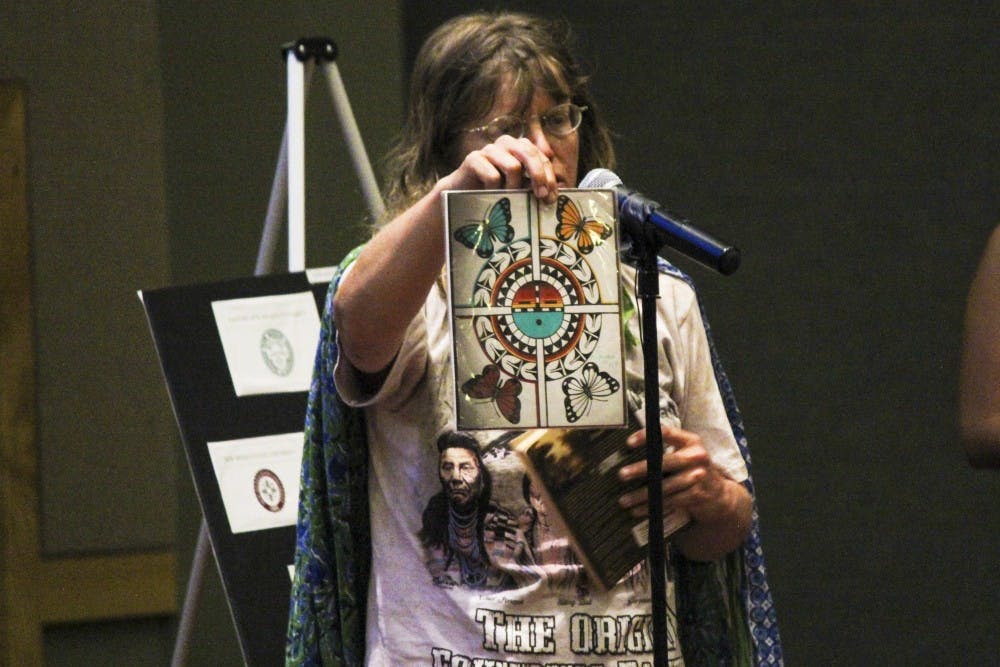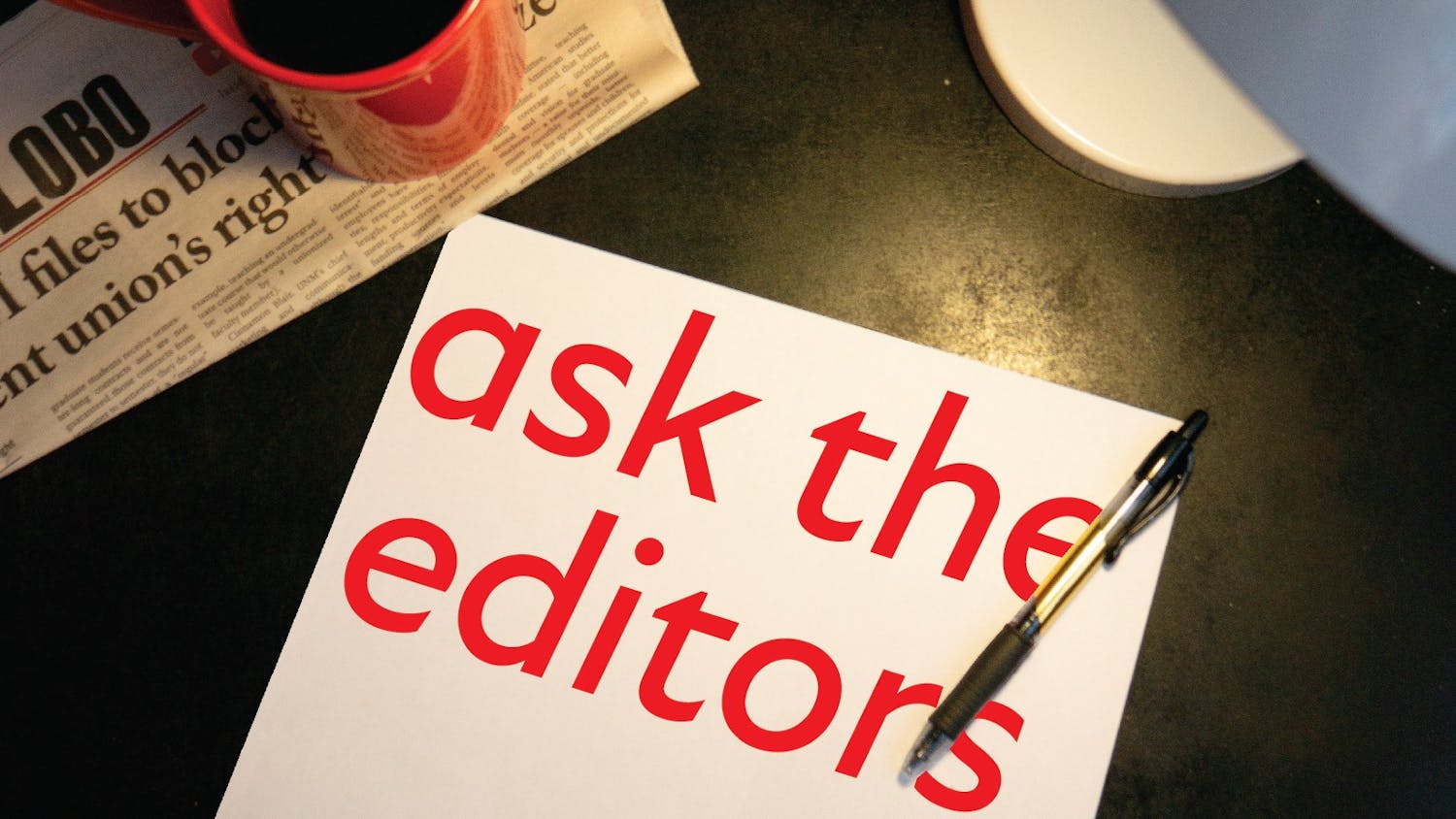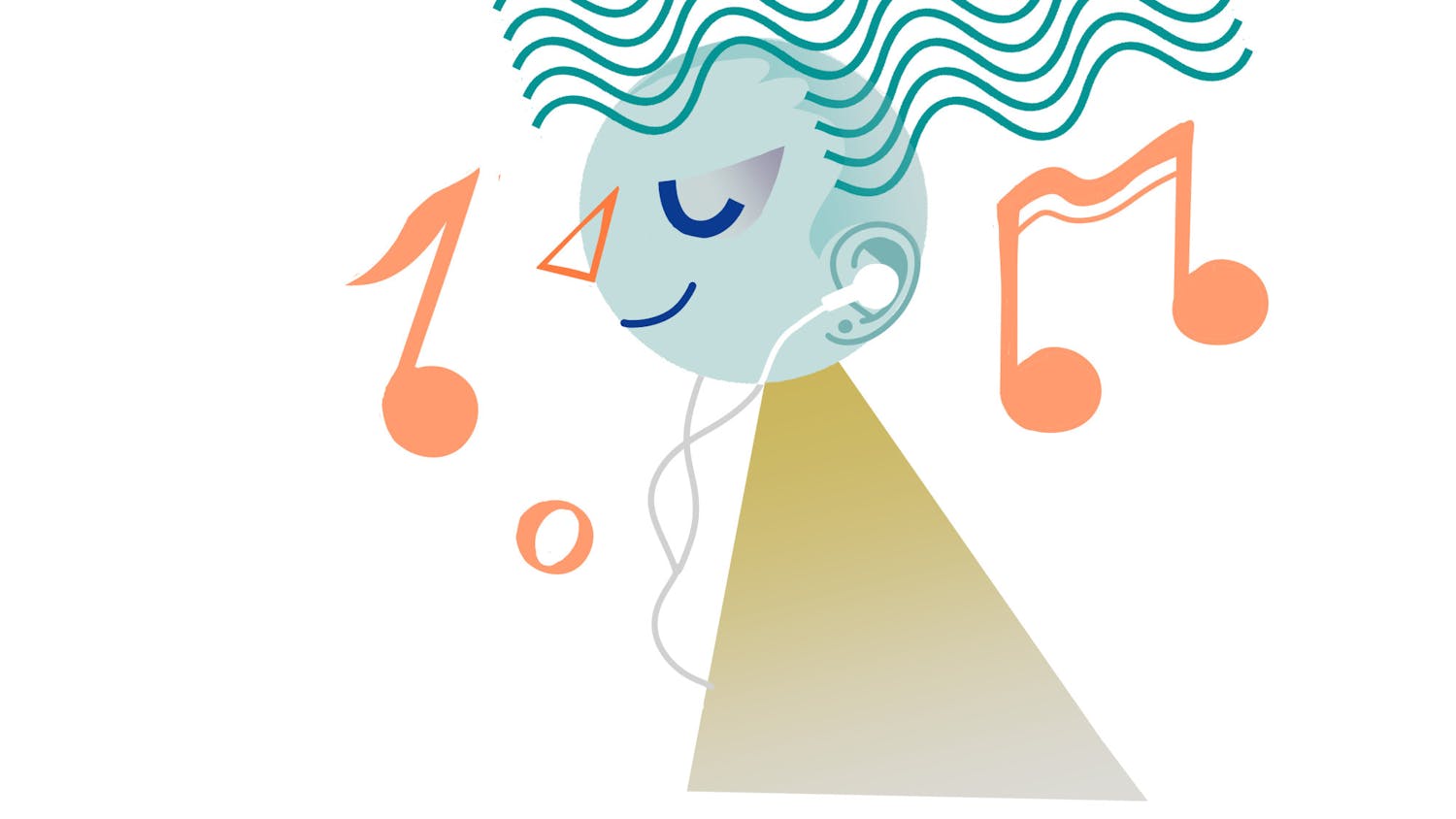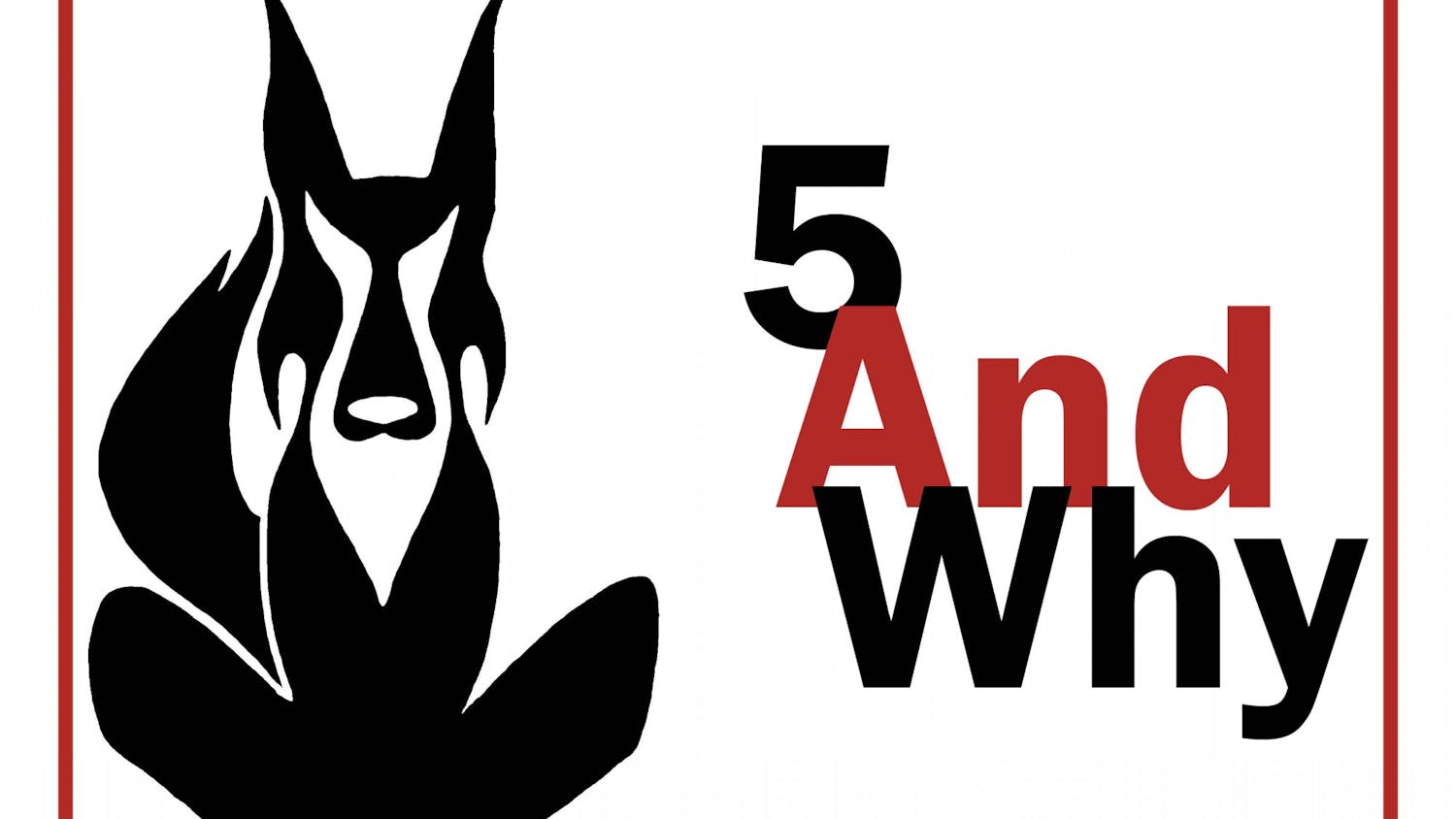Last week, the third in a series of public forums discussing the topic of UNM’s official seal was held on the second floor of the SUB.
The forums are being held in an effort to gather input that would allow the Board of Regents to make an informed decision about the future of the controversial seal.
Last month’s forum focused on members of the UNM community in general, and the next one, scheduled for September 13, during the fall semester, will focus on input from faculty and students. An additional forum, geared toward alumni, will be held in October, during homecoming week.
Last week’s forum was focused on input from UNM staff members, and is thought to be the largest official gathering held by the University to date.
Virginia Scharff, director of the Center for the Southwest at UNM, facilitated the discussion and began by providing a brief history of the seal, which has been redesigned seven times since the early twentieth century, with the last revision occurring in 1969.
Scharff said the work being done by the seal committee should be seated in an international context, as all around the world people come to renegotiate the meanings ascribed to symbols of the past.
The proceedings surrounding UNM’s seal, Scharff said, are part of a larger, international movement.
“To rethink the signs, the symbols and the language we use when we try to present ourselves to the world,” she said.
Last year, the University of Cape Town in South Africa removed from its campus a statue of Cecil Rhodes, who was a staunch proponent of apartheid and a controversial historical figure in the region, Scharff said.
“Our view of people of the past is evolving, and our understanding of who we are and what we stand for is changing,” she said. “We are rethinking human values and our regard for historical actors of the past.”
In the wake of racial violence in the United States, issues of this nature have been galvanized by present politics, Scharff said.
“We need to understand our past anew in light of our dreams for the future,” she said.
Get content from The Daily Lobo delivered to your inbox
In an act of civil disobedience on Yale University campus, a man was arrested last week after shattering a stained-glass window in a residential dining hall depicting slaves picking cotton, Scharff said.
“These are the kind of struggles that affect people on an everyday basis,” she said. “Our history is a living thing, it lives in us, it lives in the symbols and the sights we see before us everywhere.”
The Board of Regents can change the official seal anytime they want, Scharff said.
There are several symbols associated with the University, she said. The only one garnering any controversy is the official seal, which features an armed conquistador and frontiersman.
“This is a public research university, and we’re gathered here to teach one another,” Scharff reminded the audience. “We have respect for your freedom of speech, but we also have respect for one another.”
Greg Gomez, web developer in the New Media and Extended Learning program, said it’s no exaggeration to interpret the figures depicted on the current seal as representations of perpetrators of genocide.
“Regardless of what the intentions of those perpetrators were, at the very least I can understand how people would see the men represented as offensive, and I respect that sentiment,” he said.
Although the figures are representative of his own cultural heritage, Gomez said. “I never felt they represented ideals to aspire to in any way. Quite the opposite, in fact.”
The figures are clearly conquerors, he said, and the fact that they are armed is deeply disturbing.
To settle any future issues along these lines, Gomez suggested removing depictions of any human beings from any future renditions of the seal.
Resolving this issue by consulting the entire UNM community may seem like a difficult thing to do, Gomez said, but creating a committee of students, faculty, staff and other community members to serve in this capacity is preferable to enlisting an outside contractor to do the job.
“We should have a say in what this symbol looks like,” he said. “It’s not coincidental that this is coming up now; we are at a crossroads, here in Albuquerque, and (in) the United States.”
The symbols we use to represent ourselves are meaningful and important, Gomez said, adding that we have an obligation to future generations to create a space that is respectful; revising the seal is an amazing opportunity to provide a pathway forward from a controversial past.
“Let’s see if we can use this as a way to begin the conversation,” he said.






